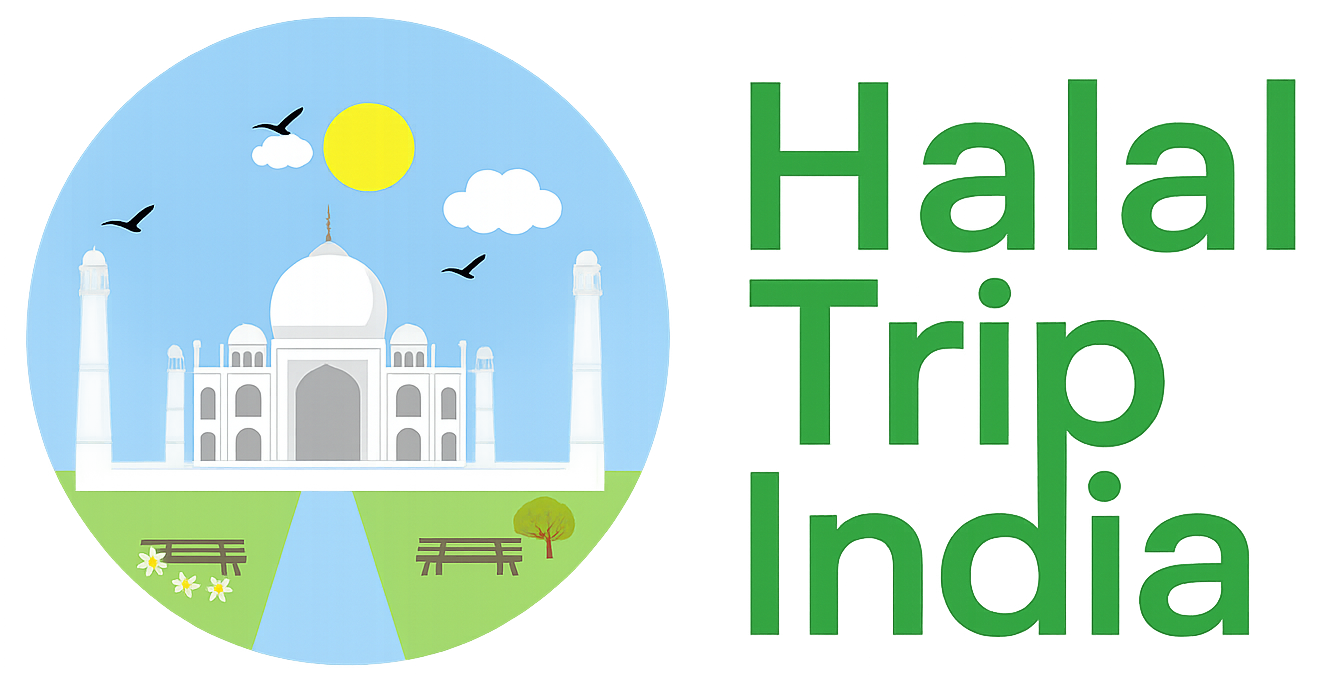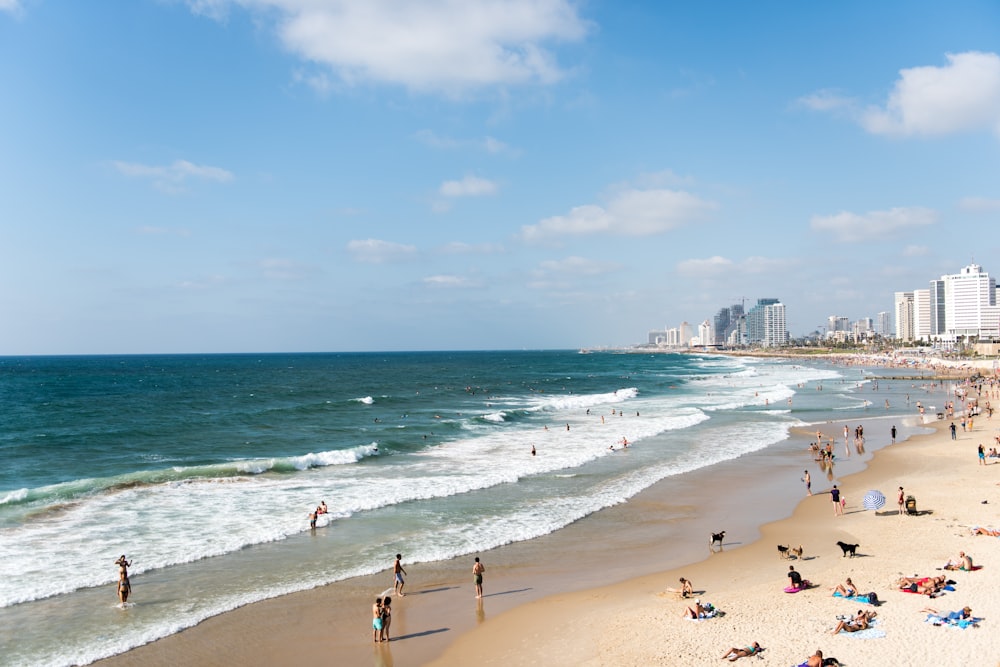Blog
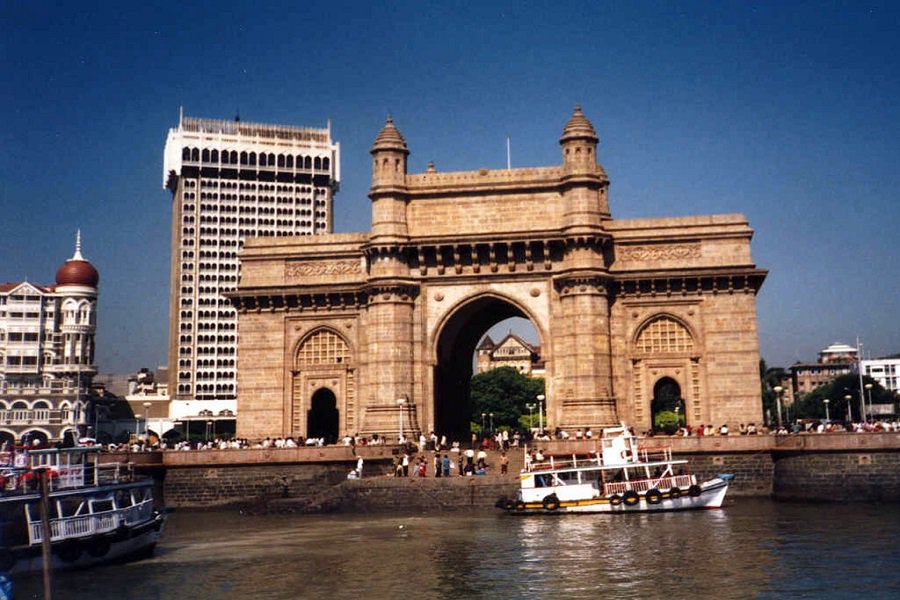
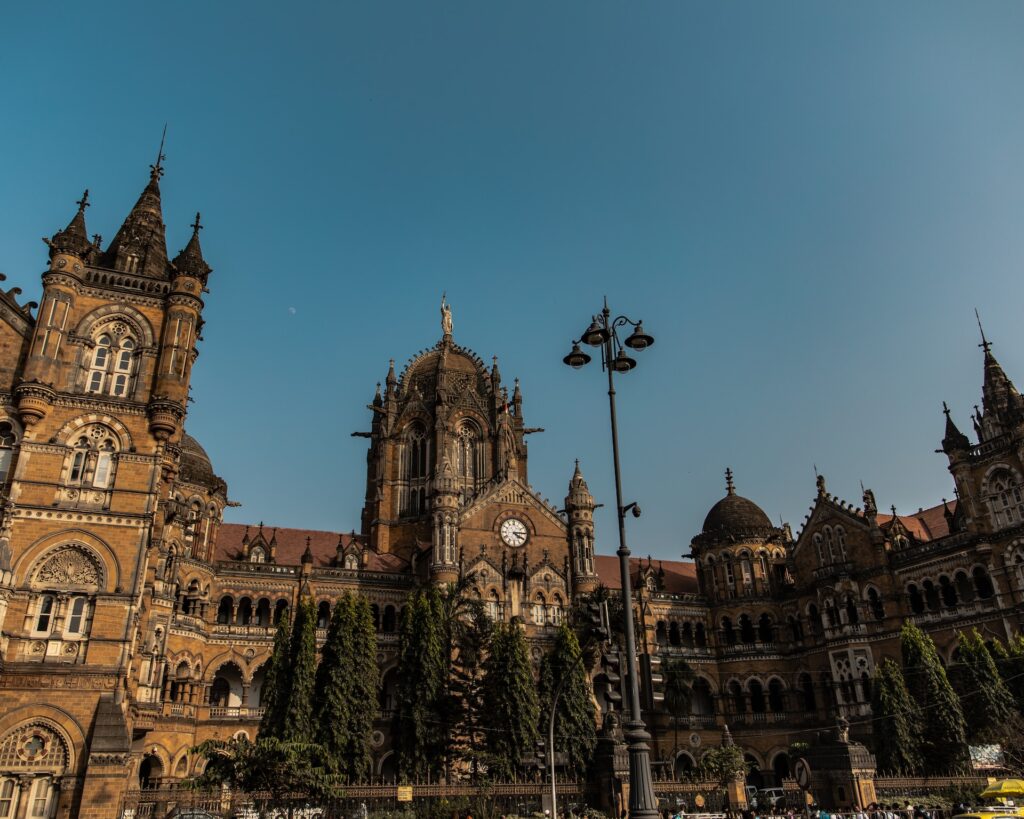
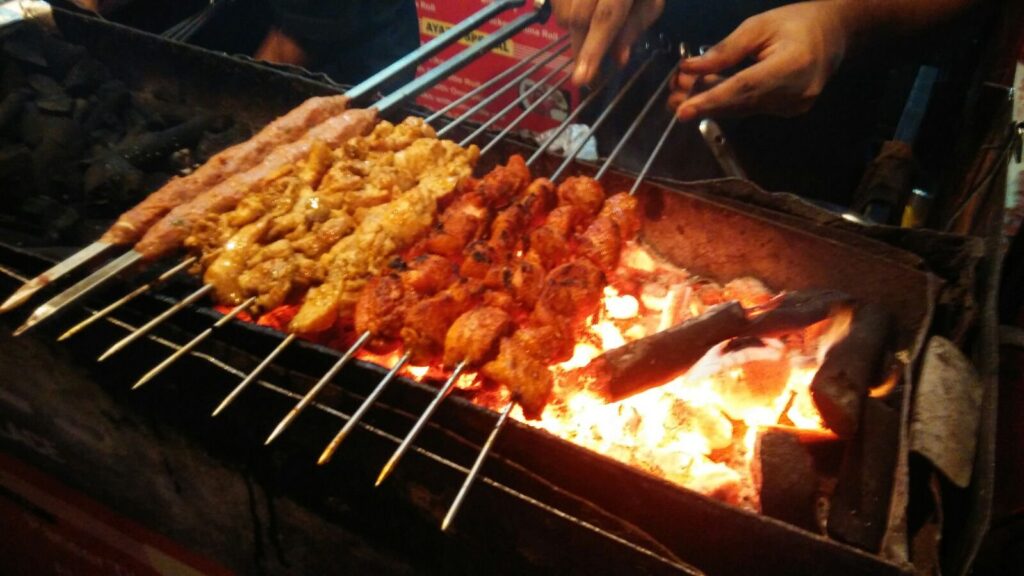
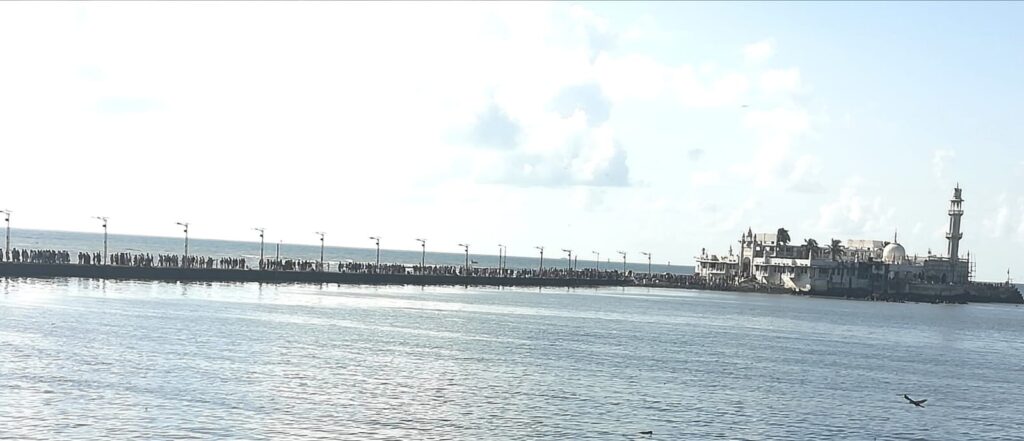
The City That Never Sleeps! Pulsating, Alive, On the Move, Vibrant, Inspiring, Amazing; reminiscent of the legendary actor Johnny Walker in the super hit Hindi movie CID from the 1950s, who truly conveyed the essence of these lines…
‘Aye Dil Hai Mushkil Jeena Yahan;
Zara Hatke Zara Bachke; Yeh Hai Bombay Meri Jaan!’

As the most modern city in the country, the city’s name was changed from Bombay to Mumbai. The British bestowed upon the city its English name, Bombay, in the 17th century. In 1996, the government of India decided to change the name to Mumbai. However, this captivating Halal-friendly travel destination is still often affectionately referred to as Bombay.
Mumbai encapsulates the spirit of the changing pace set by liberalization and modernization. The city was once a cluster of seven islands that were presented to King Charles II in 1661 as part of the dowry when he married Princess Catherine de Braganza of Portugal. Surrounded by the Arabian Sea on almost all sides, the city has transformed itself into an entity with thriving markets, business houses, and diverse communities, reflecting a cosmopolitan and trendy atmosphere rarely seen elsewhere. On the surface, this city represents the ever-changing face of today’s India, with the old seamlessly blending with the dynamic new. Yet, at its core, the heart of the city is steeped in Indian customs and values.



Mumbai is a wonderful melting pot for Indians from all parts of the country and boasts the highest number of millionaires and billionaires among all cities in India. The heritage city of Mumbai is home to three world heritage sites listed by UNESCO.
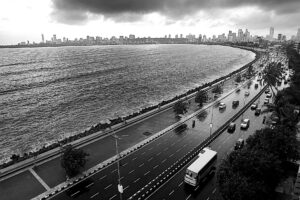

Mumbai serves as a remarkable melting pot, attracting people from all corners of India and boasting the highest number of millionaires and billionaires among all cities in the country. The heritage-rich city of Mumbai proudly houses three UNESCO-listed world heritage sites: The Elephanta Caves, Chhatrapati Shivaji Maharaj Terminus, and the city’s distinctive ensemble of Victorian and Art Deco buildings, masterfully designed in the 19th and 20th centuries. The profusion of historical and cultural sites renders Mumbai one of the world’s most enthralling destinations. Beyond the iconic Gateway of India, Mumbai offers a captivating array of museums, hanging gardens, natural wonders, striking architecture, vibrant bazaars, charming beaches, and so much more. The city’s uniqueness is simply indescribable.
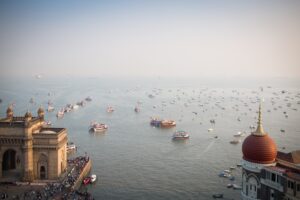
Mumbai stands as one of the finest places for visitors to gain an authentic insight into the Indian way of life. With a history spanning centuries, the city has been profoundly influenced by its diverse population, blending elements of Portuguese, British, and Indian cultures. Mumbai’s offerings to tourists are vast, encompassing renowned heritage monuments and a myriad of cultural and natural attractions. In 2019, UK-based global market research company Euromonitor International recognized Mumbai, including it in its list of the Top 100 City Destinations worldwide, ranking it 14th. Serving as the financial capital of India and the capital city of the Maharashtra state, Mumbai is a city that never ceases to amaze.

Let’s embark on a Mumbai city walk and explore this bustling metropolis on the west coast of India. Mumbai is a hub of culture and history, offering visitors a wide array of sightseeing opportunities.
Our initial destination is the Gateway of India, a paramount attraction in the heart of Mumbai. This iconic monument was commissioned by George Willet to commemorate the royal visit of King George V and Queen Mary to Mumbai. To fully appreciate its grandeur, we recommend scheduling your visit during the tranquil morning or enchanting evening hours. This way, you can relish the invigorating sea breeze in the company of your family and friends, far from the bustling crowds. The Gateway of India, positioned majestically along the expansive Arabian Sea, will captivate your senses in every imaginable way. To amplify your sense of awe, consider embarking on a ferry ride that unveils a breathtaking perspective of this monument from the sea, allowing you to explore other nearby attractions as well.



The Gateway of India graces the waterfront, with the pier behind it and the regal Taj Mahal Hotel standing majestically in opposition. This iconic edifice, designed in the magnificent Indo-Saracenic architectural style by Scottish architect George Wittet, has its roots in history, with the foundation stone being laid on March 31, 1911, and its completion achieved in 1924. Whether you choose to visit in the morning or evening, you’ll be treated to the picturesque scenery that provides endless opportunities for capturing unique moments with your camera. For a more thrilling experience, embark on a boat trip around the harbor to fully appreciate this remarkable structure.



The city of Mumbai boasts a significant number of Art Deco structures, ranking second only to Miami in terms of the total count of buildings in this distinctive style. The city’s waterfront promenade, Marine Drive, is adorned with a string of Art Deco apartment buildings, adding to its charm and character.
Mumbai’s Victorian and Art Deco Ensemble holds the esteemed status of being a UNESCO World Heritage site, earning this recognition in 2018. This ensemble comprises a collection of 94 buildings in the Fort area of Mumbai, collectively showcasing the city’s unique fusion of Victorian Gothic and Art Deco architecture.
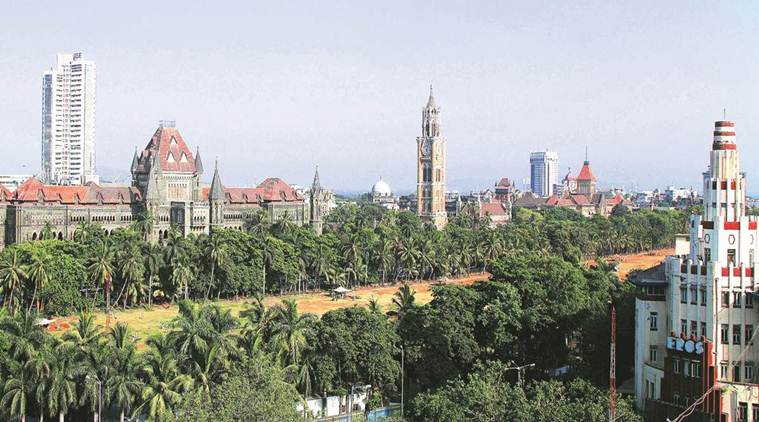

These historic buildings were erected between the late 19th century and the early 20th century, a period during which Mumbai held prominence as a vital center for trade and commerce. The Victorian buildings are distinguishable by their Gothic Revival architectural style, while the Art Deco buildings are celebrated for their sleek forms and geometric patterns.

For enthusiasts of architecture, history, and culture, the Victorian and Art Deco Ensemble of Mumbai stands as an absolute must-see. It offers a rare window into the city’s diverse and rich heritage, serving as a testament to Mumbai’s resilience in terms of creativity and innovation.
Among the prominent buildings within this ensemble are the Prince of Wales Museum, the Bombay High Court, the Rajabai Clock Tower, and the Eros Cinema, to name just a few. These structures are not merely architectural gems but also hold immense historical and cultural significance. They serve as living remnants of the city’s colonial past and its pivotal role as a thriving hub of commerce and culture.


The Chhatrapati Shivaji Maharaj Terminus (CST), formerly called Victoria Terminus, is a historic railway station nestled in the heart of Mumbai and holds the prestigious status of being a UNESCO World Heritage site. Erected in 1888 during the British colonial era, this edifice is an exemplary showcase of Victorian-Gothic architectural style. Don’t miss the opportunity to capture memorable photographs with your family and friends during your visit. Remarkably, the magnificent CST claims the distinction of being the second most photographed building in India, right after the Taj Mahal. Designed by the British architect Frederick William Stevens in the late 19th century, this station is a shining example of Victorian Gothic architecture, fusing influences from both Indian and European design.
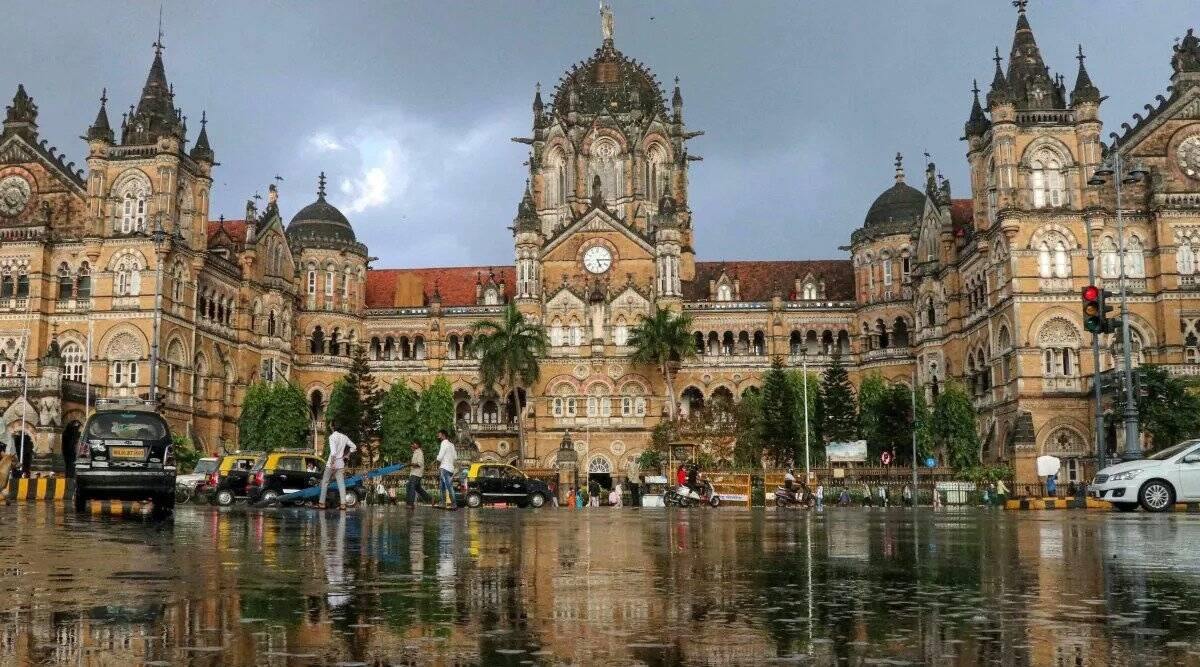

Regarded as a masterpiece of railway architecture and standing as one of the busiest train stations in India, catering to millions of passengers annually, it was officially renamed in 2017 in honor of Chhatrapati Shivaji Maharaj, a renowned 17th-century Maratha king and warrior. The station showcases an imposing facade adorned with intricately carved stone friezes and stained glass windows, crowned by a grand dome. Inside, the station is adorned with exquisite tilework, ornate ironwork, and a profusion of decorative elements. The station’s distinctive architectural features have graced the silver screen, making appearances in several popular Bollywood films, including the blockbuster “Slumdog Millionaire.”
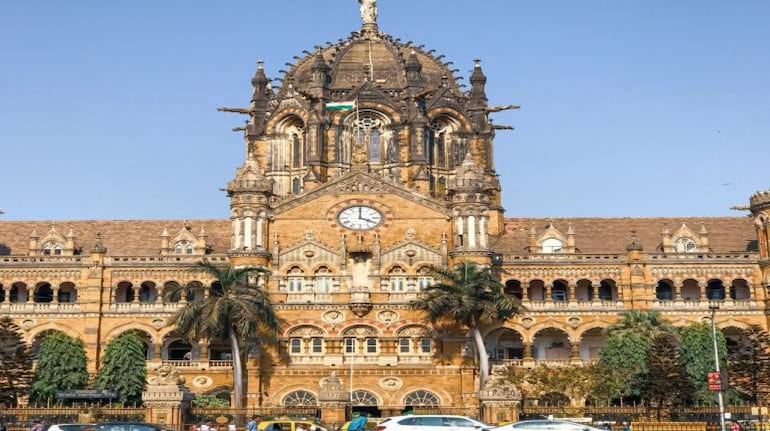

Featuring a grand Indo-Saracenic architectural style, the Chhatrapati Shivaji Maharaj Vastu Sangrahalaya, formerly known as the Prince of Wales Museum, stands as one of Mumbai’s prominent attractions, captivating visitors with its blend of entertainment and learning. This museum was constructed to commemorate the visit of George V, the Prince of Wales at that time. Housing a remarkable collection of around 50,000 artifacts, this splendid museum received the UNESCO Asia-Pacific Heritage Award in 2010, making it an essential destination for those eager to delve into India’s rich heritage.
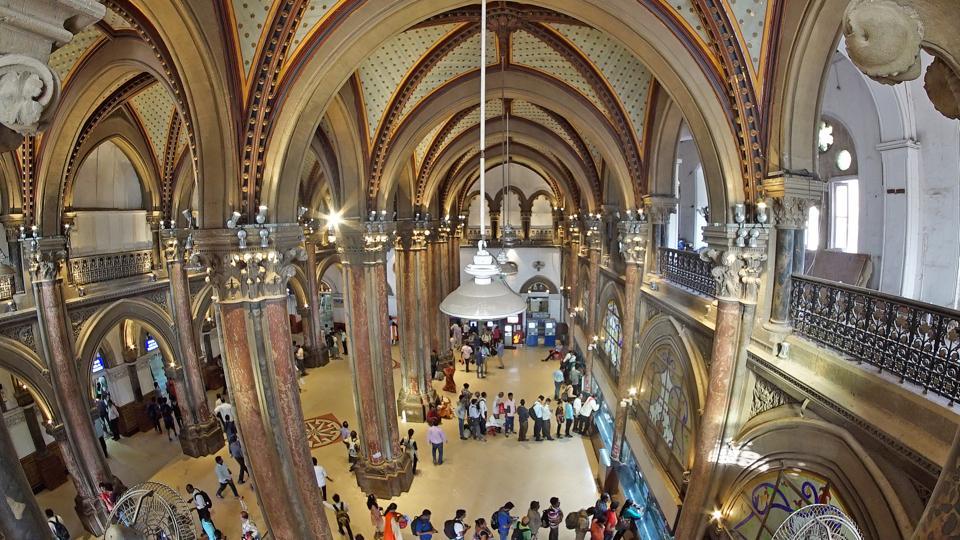

Situated just a short 10-15 minute walk from Chhatrapati Shivaji Terminus, the Reserve Bank of India’s (RBI) Monetary Museum is widely regarded as one of India’s finest museums, celebrated for its unique approach to presenting information in a concise and informative manner, aimed at educating rather than overwhelming its visitors.

The Monetary Museum was established by the RBI to showcase India’s diverse monetary heritage. It boasts a comprehensive collection of “over 10,000 exhibits of Indian coinage, currency, financial instruments, and monetary curiosities,” artfully displayed throughout its various galleries.

Moving on to the Coinage Gallery, visitors can explore India’s legacy as one of the earliest issuers of coins in the world, among other historical treasures. Documenting over 2,000 years of monetary history, this gallery showcases a wide array of coins, from the punch-marked silver coins of the 6th century BCE to dynastic coins, coins from the Medieval period, British India coins, Republic of India coins, and contemporary coins. Of particular fascination are the intricate designs adorning the coins, featuring animals like horses, elephants, and lions, as well as human figures, calligraphy, and decorative motifs. The gallery also presents the largest and smallest coins ever produced in India.
The Coins to Paper Money Gallery, on the other hand, delves into the transition from physical coins to paper money and monetary tokens. It displays promissory notes, bills of exchange, and cheques, offering an insightful overview of the banking concept.
Indian paper money, as we know it today, was first introduced in the late 18th century. The Paper Money Gallery showcases notes issued from the early 19th century onwards, encompassing the complete range of notes issued by the Republic of India. Of special note, the gallery features the Haj notes, which were a unique series issued by the RBI for use in the Gulf countries until the late 1960s when Indian currency was still widely accepted. Furthermore, the gallery displays promissory notes, bills of exchange, and cheques, offering an introduction to the concept of banking.


Taraporewala Aquarium stands as India’s oldest aquarium, offering an enchanting world of marine and freshwater wonders. Visitors can explore a captivating array of aquatic life, including coral fishes sourced from the pristine Lakshadweep Islands.



The aquarium boasts an Oceanarium that allows you to experience the sensation of walking beneath the sea while observing exotic fishes swimming above you. Moreover, an engaging Touch Pool enables visitors to interact with some of the aquatic fishes and animals, providing an up-close experience without causing any harm. To add to the charm, the aquarium features a fish spa, offering visitors a unique and rejuvenating experience. This exceptional destination seamlessly combines education and entertainment, making it a perfect place to visit with your family and friends.

Jehangir Art Gallery beckons art enthusiasts in Mumbai, serving as the preeminent venue for contemporary Indian art. This gallery showcases the creative brilliance of renowned artists from around the world and offers two expansive rooms brimming with unique works of art. A visit to this gallery not only grants you access to these masterpieces but also allows you to engage in various art exhibitions, providing intriguing insights and experiences into the vibrant world of Indian art.



The Bandra-Worli Sea Link stands as a magnificent testament to modern architecture. This cable-stayed bridge features viaducts constructed from pre-stressed concrete and steel, spanning the vast expanse between Bandra and Worli areas of Mumbai. It accommodates a total of 8 lanes of traffic, both to and from, and stretches an astonishing 5.6 kilometers. Beyond its architectural marvel, this bridge is a photographer’s dream, offering stunning vistas and simplifying travel between these bustling parts of Mumbai.


The Dargah Shrine Hazrat Sayed Peer Haji Ali Shah Bukhari, nestled in the southern reaches of Mumbai amid the Arabian Sea, stands as one of the city’s most iconic landmarks, exemplifying Indo-Islamic architecture’s grandeur.


The Shrine was constructed in 1431 in memory of Hazrat Sayyed Peer Haji Ali Shah Bukhari, a wealthy Muslim merchant who renounced all worldly possessions before embarking on a pilgrimage to Mecca, the shrine remains a brilliant specimen of Indo-Islamic architectural style and Islamic Heritage. Located on a small islet, 500 meters from the coast, in the heart of the bay, this shrine captivates with its rich Islamic history and architectural magnificence.

Chowpatty Beach, the crown jewel of Mumbai’s beaches, sits in the heart of the city and beckons with its local delicacies and mesmerizing sunsets. People of all ages relish the scenic beauty offered by this expanse of white sand. The picturesque sea, set against the magnificent sky above, creates an ethereal atmosphere, making this beach a must-visit destination for anyone traveling to Mumbai.


Marine Drive, a picturesque promenade hugging Mumbai’s coastline, is an idyllic spot to enjoy a leisurely stroll, savor stunning views, and witness the sunset over the Arabian Sea. Offering a peaceful respite from the city’s hustle and bustle


Marine Drive stretches approximately 4.5 kilometers from the Nariman Point area to the foothills of Malabar. Often referred to as the “Queen’s Necklace,” the drive is especially enchanting at night, with the shimmering streetlights resembling a string of pearls.

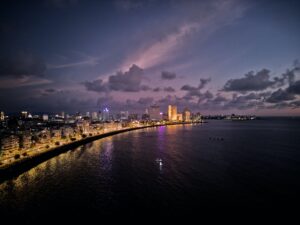

Juhu Beach, situated in Mumbai’s western suburbs, is another beloved destination that boasts a 6-kilometer stretch of soft sands and breathtaking sunsets. A popular spot for both locals and tourists, Juhu Beach offers a serene ambiance, ideal for leisurely walks along the shore. The beach is also renowned for its delectable street food, with numerous stalls and restaurants serving Mumbai’s iconic dishes like Pav Bhaji, Bhel Puri, and Sev Puri. A visit to Juhu Beach is a quintessential experience for all travelers exploring Mumbai.
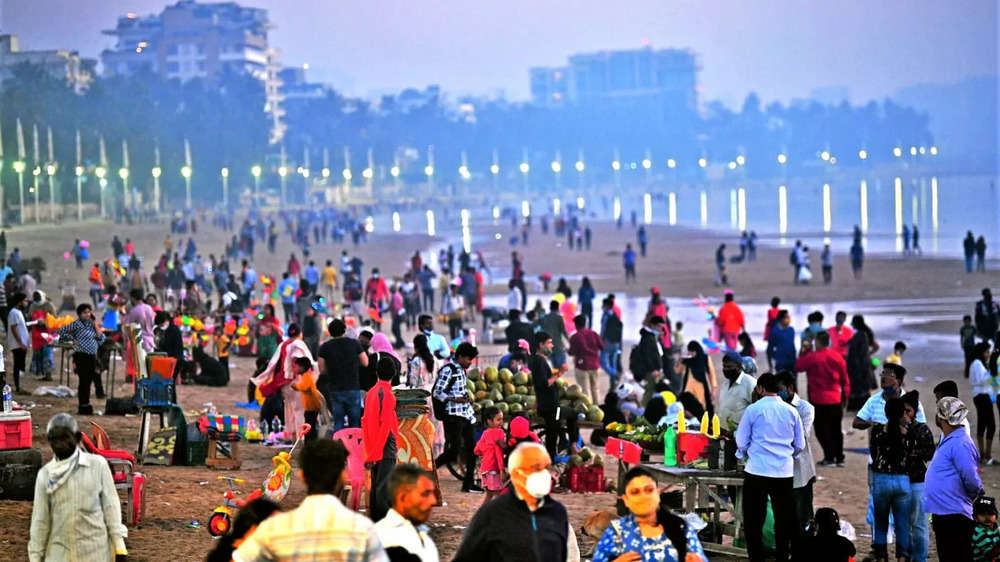
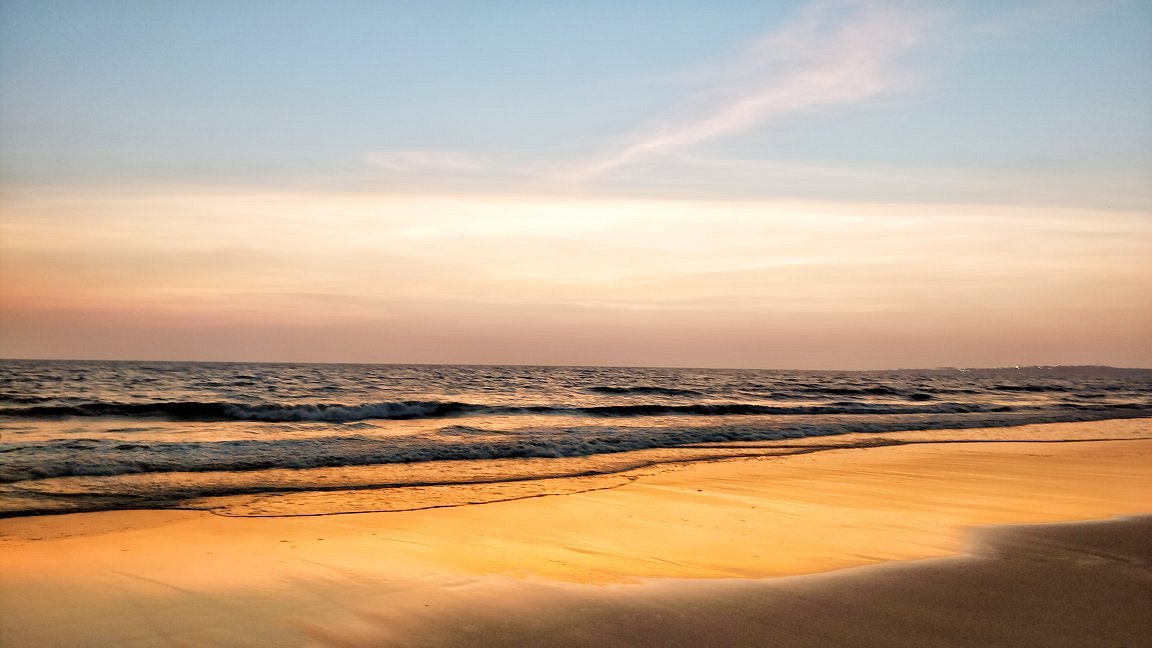
The Hanging Gardens, also known as Pherozeshah Mehta Gardens, grace the heights of Malabar Hill in Mumbai. This terraced haven offers a tranquil escape from the city’s bustling energy, providing a sanctuary for those who cherish nature, panoramic vistas, and serene surroundings. A must-visit destination for nature enthusiasts and travelers alike, it stands as a prominent tourist attraction offering sweeping views of the Arabian Sea and the cityscape.

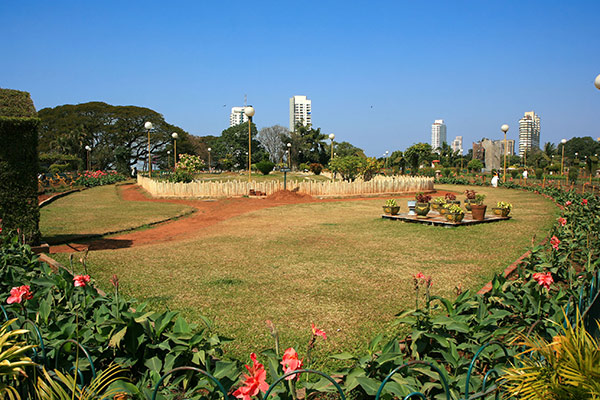
These meticulously landscaped terraced gardens ingeniously conceal a water reservoir, preventing evaporation with their lush foliage. The gardens boast a diverse array of flowers, trees, and shrubs, making them a beloved retreat for admirers of the natural world. Among their most distinctive features is a colossal shoe-shaped structure entirely crafted from vibrant flowers, a delightful testament to their floral grandeur.
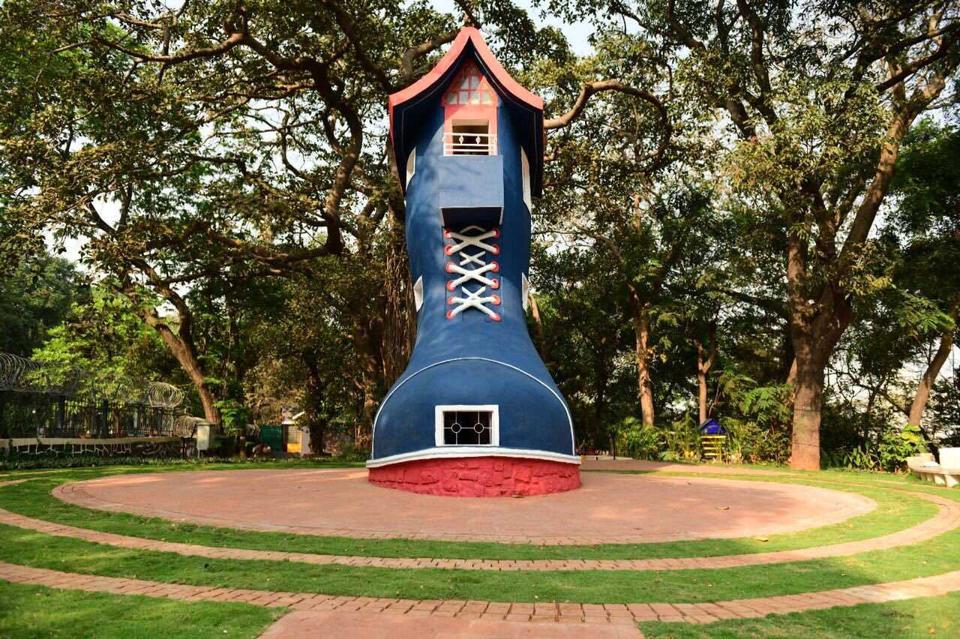
Dharavi, extending over 520 acres, is recognized as one of the world’s largest slum areas. Home to approximately one million people, it ranks among the most densely populated regions globally. This vibrant enclave draws residents from across India, imbuing it with a rich multicultural tapestry that is a testament to Mumbai’s diversity. Remarkably, Dharavi generates an annual turnover exceeding one billion USD.


In the 18th century, this region was nothing more than a mangrove swamp. By the beginning of the 19th century, a few hundred fishermen had set up a village in this area. By the mid-19th century, thousands of Indians migrated to Mumbai in search of jobs in the East India Company, and the city’s population grew rapidly. The city’s population density was ten times higher than that of London, and many Indians started to settle down in Dharavi. These settlers established small communities within the area, building schools, mosques, temples, and more. The first mosque in Dharavi was built in 1887


Today, Dharavi has become an essential destination for many travelers exploring Mumbai. A journey to Dharavi promises a unique and enlightening experience, offering a glimpse into the daily lives of its resilient inhabitants. Visitors can meander through the labyrinthine streets and alleys of this dynamic neighborhood, engage with the locals, and gain insight into the diverse businesses that thrive within its boundaries.

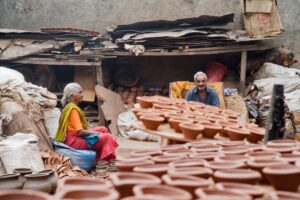
Chor Bazaar, with a history spanning over 150 years, stands as a bustling market in Mumbai. Its moniker, “thieves market,” hints at its origins, where it is believed to have initially traded in second-hand goods, possibly including pilfered items. Exploring Chor Bazaar, visitors encounter a vibrant and chaotic ambiance, with a multitude of shops and stalls peddling an assortment of goods, from vintage treasures to electronics, clothing, and beyond. The market beckons those intrigued by Mumbai’s spirited street culture and the allure of hidden gems.
Mumbai has a wide variety of markets, including the famous Chor Bazaar of Mumbai, where visitors can shop for everything from spices and textiles to antiques to electronics and much more
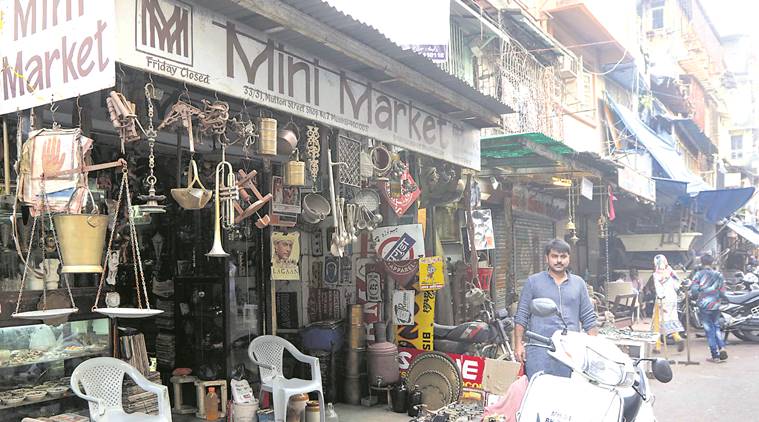
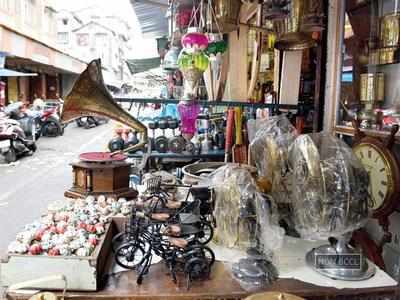
Visitors to Chor Bazaar can expect a lively and chaotic atmosphere, with numerous shops and stalls selling a variety of goods, ranging from antique items to electronics, clothing, and more. The market is a unique destination for those interested in exploring Mumbai’s vibrant street culture and discovering hidden treasures


Bhindi Bazaar of Mumbai, nestled in the heart of Mumbai, stands as a bustling commercial hub characterized by its winding lanes and bustling shops offering a diverse range of products. With a history dating back to the early 19th century, during Mumbai’s transformation into a major trading port under British colonial rule, the area primarily housed traders engaged in the import and export of goods to and from various corners of the world. Moreover, Bhindi Bazaar is celebrated as Mumbai’s traditional food district, inviting visitors to savor delectable street food and authentic culinary delights.
:format(jpeg)/cdn.vox-cdn.com/uploads/chorus_image/image/55417555/Bombay_Ramzan_1811.0.jpg)

Mumbai, a city celebrated for its rich historical tapestry, remarkable architecture, vibrant beaches, and bustling markets, shines as a constellation of stars where Bollywood takes center stage.
When you think of Mumbai, the first thing that comes to mind is often Bollywood, isn’t it?
When one thinks of Mumbai, Bollywood often takes the spotlight. This association is hardly surprising, given that Bollywood ranks as one of the world’s largest film industries. With a colossal global fanbase, the cinematic world of Bollywood transcends borders. Behind each movie lies an intricate realm filled with off-screen activities and attractions waiting to be explored. If you’re intrigued by studio operations, this excursion is tailor-made for you. The term “Bollywood” derives from Bombay, signifying a realm of wonder where imagination knows no bounds. Here, you can witness the live filming of numerous upcoming Bollywood productions. Whether observing stars rehearsing their lines directors shaping scenes, crew members preparing for shots, or technicians meticulously setting up, you’re granted a privileged vantage point into the enchanting world of Bollywood. This tour offers a unique opportunity to step into the mesmerizing and magical domain of Indian cinema.

If you’re curious about the studio activities, then this is the trip for you. The name “Bollywood” is a portmanteau derived from Bombay. This is a world of wonder where you can put your imagination to the test and bring your thoughts to life



You can witness the live shooting of many upcoming Bollywood flicks. Whether it’s the stars practicing their dialogues or the director discussing scenes with them, the crew members preparing for a shot, or the technicians preparing the sets, you can observe it all. This tour gives you a chance to step into the magical and mesmerizing world of Bollywood
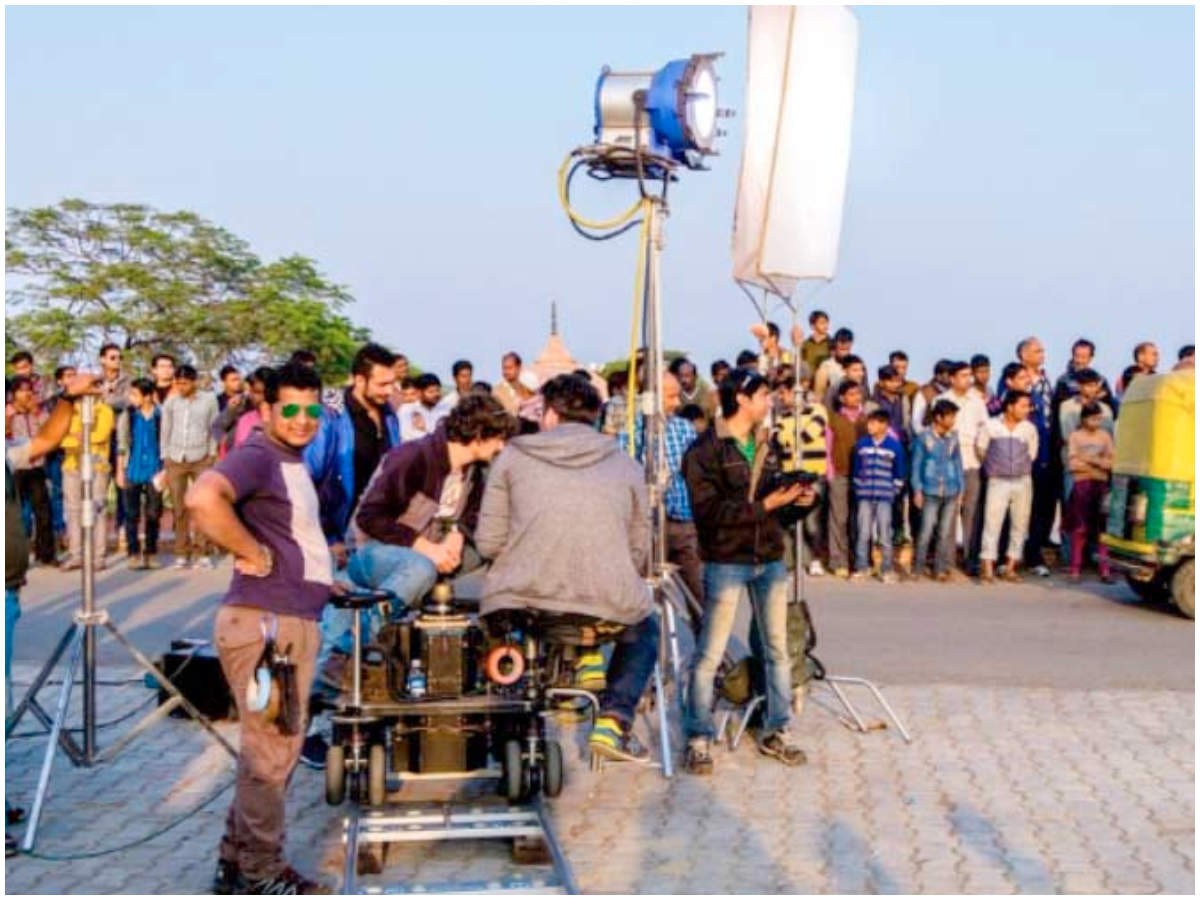




Mumbai is a city that has been influenced by various cultures, and as a result, it boasts a wide variety of delicious cuisines. The city is known for its authentic halal traditional cuisine, which is served with great charm and hospitality. You can find some of the best traditional dishes in Mumbai, and the city is sure to leave you with a memorable culinary experience


The famous traditional cuisines in Mumbai are a great fusion of Mughlai and native Indian styles of preparation. Some of the popular dishes you can find in Mumbai include Biryani, Nihari, Seekh Kebabs, Shami Kebabs, and Galouti Kebabs. Nihari is a slow-cooked meat stew that originated in the Mughal era and is often served with naan bread. Haleem is a traditional dish made with wheat, meat, and lentils that is slow-cooked for several hours until it reaches a thick, porridge-like consistency. Sheer Khurma, Kheer, and Shahi Feerni are popular traditional desserts made with milk, sugar, and dates


In its entirety, the enchanting city of Mumbai offers a unique and compelling experience for travelers. It stands as an ideal and unparalleled destination for those seeking Muslim-friendly trips and holidays with enriching experiences.
Discover the captivating allure of India as an enchanting destination tailored for Muslim-friendly tours, highlighted by its array of Halal-friendly travel destinations and amenities. With diverse landscapes ranging from serene lakes, vibrant beaches, pristine backwaters, and picturesque valleys to majestic mountains and charming hill resorts with natural wonders that are beyond imagination.
Immerse yourself in the vibrancy of nature with its lush green environment; endless golden desert vistas promise an enchanting experience. India’s wildlife parks and tiger reserves offer exceptional opportunities to observe exotic wildlife in their natural habitats. Numerous places in India are hailed as some of the world’s most beautiful. India offers captivating beauty that is certain to mesmerize you, all while enjoying a Halal-friendly environment throughout your trips.
Embark on enchanting Muslim-family holidays in Mumbai and Muslim group tours to Mumbai, immersing yourself in its authentic essence amidst breathtaking landscapes and awe-inspiring Indo-Islamic architectural heritage. Unveil the intricate tapestry of India’s natural beauty and rich Indo-Islamic cultural heritage.
At Halal Trip India, we take immense pride in being the most trusted Halal travel guide for Muslim travelers seeking the best of Halal-friendly tourism in India. We are dedicated to ensuring a seamless and the best Muslim-friendly travel experience throughout trips in India.
We curate exceptional experiences across captivating Halal-friendly destinations—each thoughtfully tailored to meet the unique needs of Muslim travellers in India who value comfort, cultural connection, and impeccable service, all with complete peace of mind.
Join the countless Halal-friendly travelers who have entrusted us to provide the finest Halal travel experience in India. Allow us to be your reliable Halal-friendly travel planner in India, as you unveil the true essence of India and create cherished memories that will last a lifetime.
Contact us today to start planning your unforgettable Halal-friendly adventure in Incredible India!
📍 🌍 Explore More: www.halaltripindia.com
📧 Email Us: travel@halaltripindia.com
💬 Click to Contact | Follow us on: 📘 Facebook | 📸 Instagram | 📌 Pinterest
We look forward to arranging a wonderful and seamless Halal-friendly travel experience for you.
Thanks and Regards,
Team – HalalTrip India
Write us – travel@HalalTripIndia.com
Follow us – www.facebook.com/IndianHalalTourism
Follow us – https://www.instagram.com/halaltripindia/
